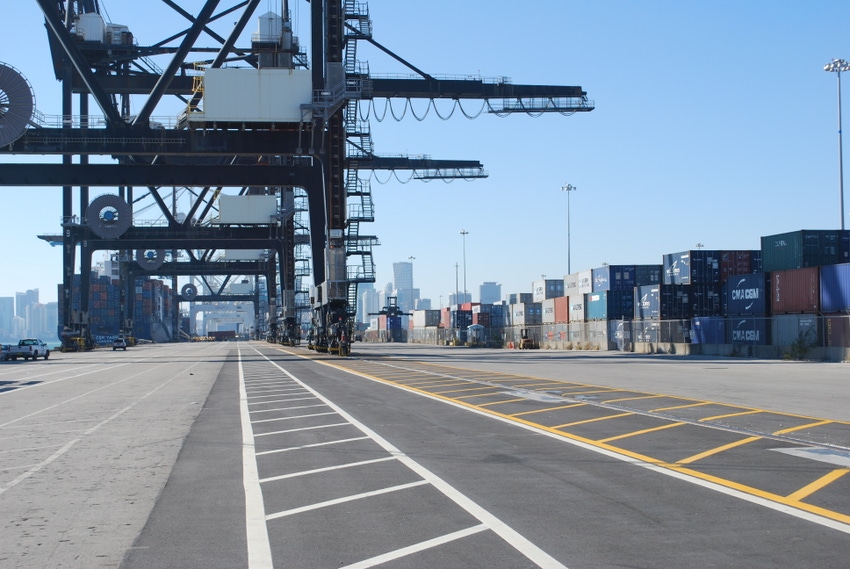The healthy, efficient growth in pork production and U.S. processing capacity will produce more pork. The U.S. will need to increase pork exports by 400,000 tons to remain profitable during this expansion mode.
October 11, 2017

The U.S. hog industry is undergoing a significant transformation, moving from a sluggish production and tight margins to a production recovery phase incentivized by positive margins. A new report from the RaboResearch Food and & Agribusiness group finds the U.S. pork industry is projected to continue in expansion mode through 2025, expecting to add additional 2.8 billion pounds of pork (up 11%) in the next eight years.
The healthy, efficient growth in pork production and U.S. processing capacity will produce more pork. The U.S. will need to increase pork exports by 400,000 tons to remain profitable during this expansion mode.
On the supply side, Rabobank predicts the U.S. pork is on track for fast growth over the next three years then settling into a steady increase through 2025, reaching 28.4 billion pounds. Interestingly, the upsurge in pork production will be driven by continued efficiency gains in pounds produced per sow through increased pigs per sow, and steadily rising carcass weights and not from larger show herd, reports Rabobank.
A slight growth in consumption will be beneficial for demand. Historically, the domestic pork consumption per capita has fluctuated between 49 to 51 pounds. RaboResearch’s baseline projection anticipates a minor growth from 49 to just above 51 pound per capita level in 2024.
In general, exports will need to continue developing at a steady rate to keep up with the pace of production. “Through 2025, exports are projected to become the most important growth category of U.S. pork. Total exports grow by nearly 900 billion pounds over the projection period, and increase from representing 22% of total production to reach 23.5% of total production in 2025,” states Rabobank.
Growing exports is not without challenges. The U.S. pork industry will need to improve the competitiveness of its export products increasingly, especially as Mexico and China expand its pork production.
“Exports are necessary for future expansion but are not guaranteed,” notes RaboResearch Food & Agribusiness, global data analyst Sterling Liddell. “Mexico continues to grow its sow inventories and slaughter plants, making it only a matter of time before Mexico boosts domestic production.”
As an industry facing major changes in the short and long term, It is critical for producers to understand supply, demand and the potential for increased market volatility. The RaboResearch team advises the pork sector to be alert to three essential areas when developing a strategic plan for the next ten years.
Plan for more volatility as the pork industry becomes more reliant on exports and demand for various primal cuts
Consider the impact of new domestic competition in the packing industry and the effect the new processing capacity has on efficiency
Anticipate the alternations in domestic consumption patterns from focus on lean to enhance flavor profile
You May Also Like



